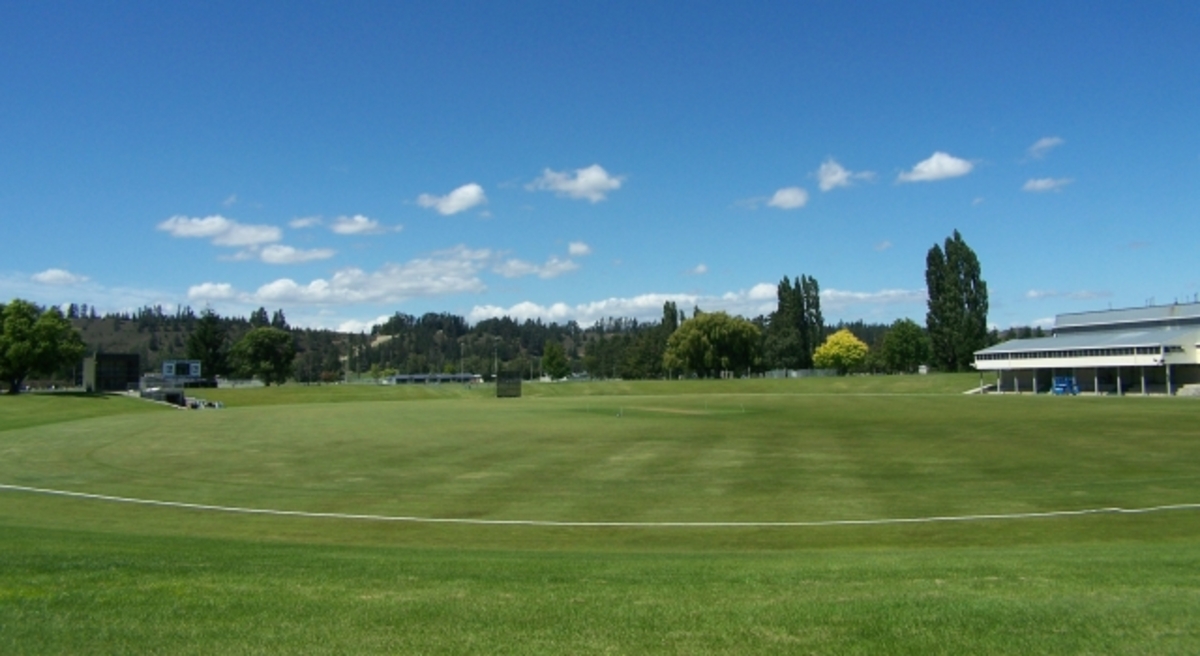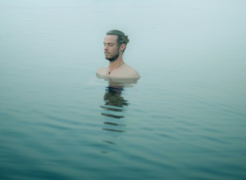Open spaces, recreation strategy consultation starts
07 November 2024, 4:15 PM
 Molyneux Park in Alexandra. The Central Otago District Council is inviting public consultation on its open spaces and recreation strategy. PHOTO: THE CENTRAL APP FILES
Molyneux Park in Alexandra. The Central Otago District Council is inviting public consultation on its open spaces and recreation strategy. PHOTO: THE CENTRAL APP FILESThe Central Otago District Council’s Open Spaces and Recreation Strategy opened for public consultation yesterday.
Council is giving people one month to give their input into the strategic approach for the provision, protection and enhancement of the Central Otago District public open space network, and how this will meet the district’s future growth predictions, for the next 30
years.
This carries on from the pre-consultation to help inform the development of the strategy, which began through a community survey in 2022 and a follow-up survey in November 2023.
The draft strategy provides the opportunity to do a final check in with the community to make any changes or additions while the document is still in its draft form.
Council manages 162ha of parks and recreation land - 492ha of which is available to the public - with the remainder leased for specific purposes.
A total of 260ha is actively maintained parks is managed by the Council.
Thirty-four playgrounds are provided, however many of these provide poor play experiences for users.
The draft strategy will set out a vision, objectives and key methods for managing the open space network including development of park types, minimum walking distance from open space to residential areas (500m), design guidance for the configuration of reserves, the types of facilities to be found on the different park types and provision guidelines for greenfield developments.
It aims to address open space provision in residential growth areas and for the increase in visitor numbers predicted over the life of the strategy.
New subdivisions and intensification of existing urban areas requires a qualitative approach to be taken by the strategy.
What Council knows from the pre-consultation
From the surveys, some respondents provided feedback on activities that have been traditionally outside Council’s capacity to cater for, such as horse trails, mountain bike trails and mixed-use trails. Other landowners and agencies have typically provided for these.
It was noted that physical wellbeing (93 per cent) and mental wellbeing (85 per cent) are the key reasons that respondents get out and use public spaces, followed closely by social wellbeing.
Respondents predominantly travelled by car to get to public spaces they use.
Some walk, run or bike.
When looking at the future, many respondents wanted the Council to focus on walking and cycling tracks, linkages and greenways.
The provision of sports facilities also ranked highly and results showed many felt Council should be exploring ways to encourage more physical activity, including considering a wide range of new and innovative sports and activities that are offered elsewhere.
To foster wellbeing Council was encouraged to maintain existing facilities, but also partner to support community activities and provide additional seating for picnics, events and green spaces.
When looking ahead 30 years, respondents wanted to see a continued focus on protecting open spaces and increase native plantings where appropriate.
Barriers to visiting parks and open spaces by foot or bike included inadequate trails and cycleways connecting those spaces, as well as living rurally although more than half of respondents reported satisfaction with the off-road connections to greenways in their area.
Survey feedback provided important insights into the priorities of Central Otago and its open spaces for the future.
To read the report and give feedback to the draft strategy, go to Let’s Talk
Feedback closes 9 December.
Have a story to share?
Contact [email protected]







